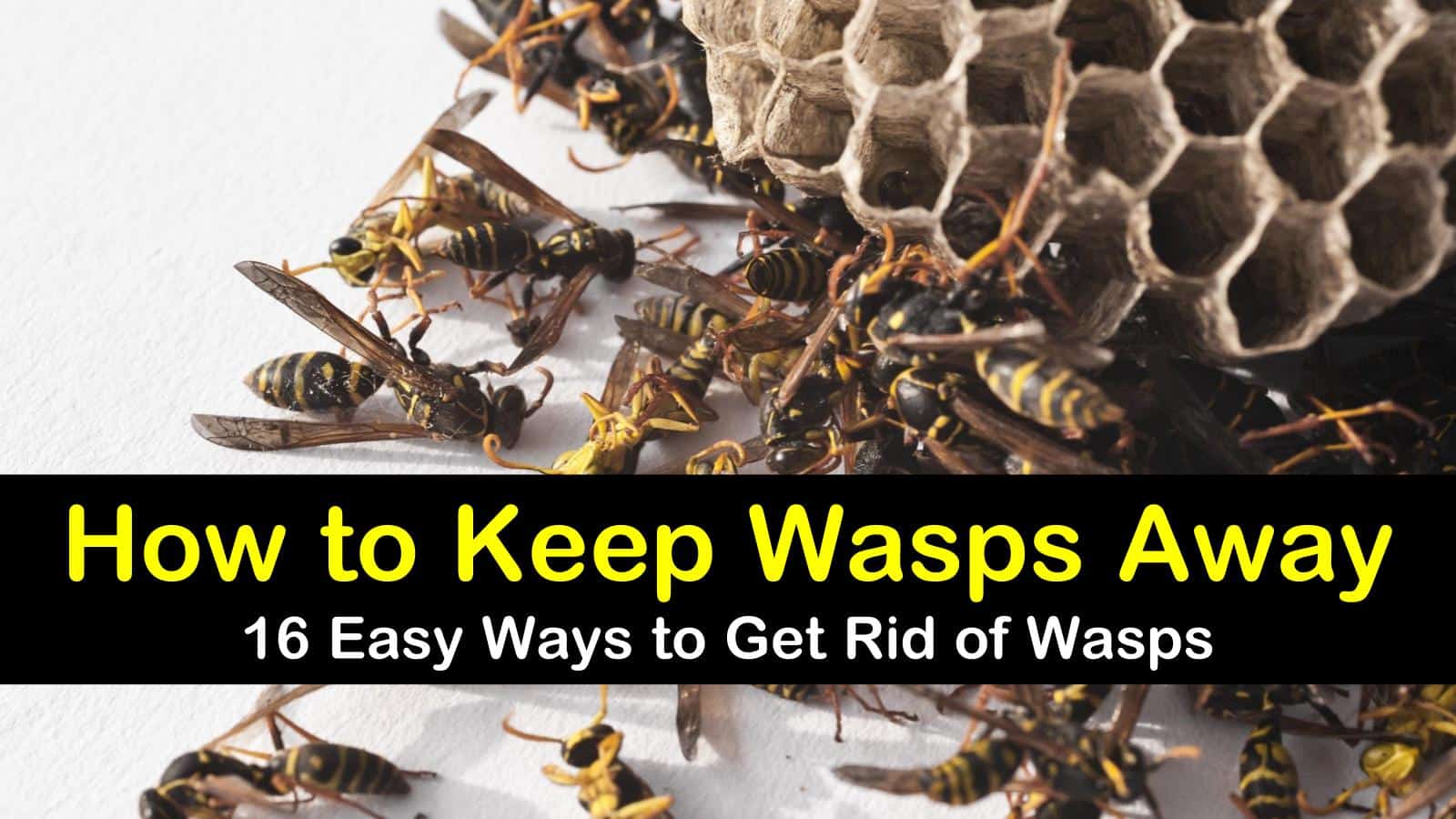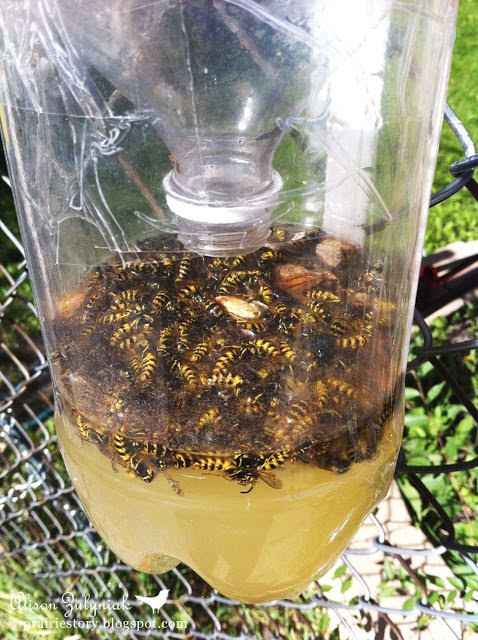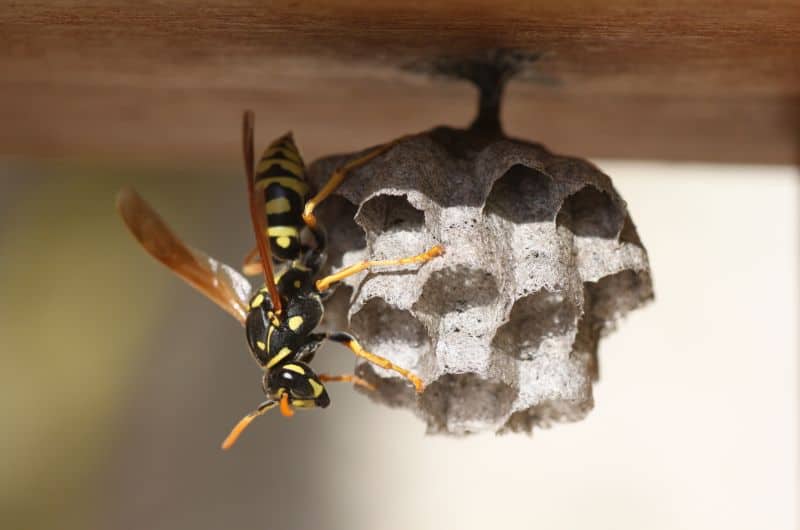Why Wasps are a Nuisance and How to Identify the Problem
Wasps are a common problem for many homeowners, and their presence can be a significant nuisance. Not only do they pose a threat to human health, but they can also cause damage to property and disrupt outdoor activities. One of the primary reasons wasps are a nuisance is their painful stings, which can be particularly dangerous for individuals with allergies. In fact, wasp stings are responsible for a significant number of anaphylaxis cases each year, making them a serious health concern.
In addition to their painful stings, wasps can also cause damage to property by building their nests in attics, walls, and other structural components of homes. This can lead to costly repairs and even compromise the integrity of the building. Furthermore, wasps can disrupt outdoor activities, such as barbecues and picnics, by swarming around food and trash.
Identifying a wasp infestation is crucial to getting rid of them effectively. Common signs of a wasp infestation include the presence of wasps around the home, particularly near food sources or trash. Homeowners may also notice wasp nests in attics, walls, or other areas of the home. If you’re wondering how to get rid of wasps around house, it’s essential to identify the source of the infestation and take prompt action to eliminate it. By understanding the reasons why wasps are a nuisance and how to identify the problem, homeowners can take the first step towards eliminating these unwanted pests from their homes.
Understanding the Causes of Wasp Infestations Around Homes
Wasp infestations around homes are often the result of a combination of factors, including food sources, shelter, and nesting sites. Understanding these causes is crucial to preventing and eliminating wasp infestations. Food sources, such as sweet or fermented substances, can attract wasps and encourage them to build their nests nearby. Shelter, including eaves, attics, and wall voids, provides wasps with a safe place to build their nests and protect themselves from the elements. Nesting sites, such as abandoned burrows or hollow trees, can also attract wasps and provide them with a place to build their nests.
Identifying and eliminating attractants is a key step in preventing wasp infestations. Homeowners can take several steps to reduce the attractiveness of their homes to wasps, including regularly cleaning and disposing of food waste, removing standing water and moisture, and sealing entry points. By understanding the causes of wasp infestations and taking steps to eliminate attractants, homeowners can reduce the likelihood of a wasp infestation and create a safer and more comfortable living environment. If you’re wondering how to get rid of wasps around house, it’s essential to address these underlying causes and take a comprehensive approach to wasp control.
How to Get Rid of Wasps Using Natural Methods
When it comes to getting rid of wasps around house, many homeowners prefer to use natural methods that are safe for the environment and their families. Fortunately, there are several effective natural methods that can help eliminate wasp infestations without resorting to chemical insecticides. One popular method is to use essential oils, such as peppermint, lemongrass, and citronella, which can repel wasps and prevent them from building their nests. These oils can be mixed with water and sprayed around the perimeter of the home to create a wasp-deterring barrier.
Herbs and spices, such as mint, basil, and cinnamon, can also be used to repel wasps. These can be planted in the garden or placed in pots around the home to create a wasp-free zone. Additionally, certain plants, such as geraniums and pennyroyal, are known to repel wasps and can be used as a natural deterrent. By incorporating these natural methods into a comprehensive approach to wasp control, homeowners can reduce the likelihood of a wasp infestation and create a safer and more comfortable living environment.
While natural methods can be effective, they may not always be enough to eliminate a wasp infestation. In such cases, it may be necessary to combine natural methods with other techniques, such as sealing entry points and removing nesting sites. By understanding how to get rid of wasps around house using natural methods, homeowners can take a proactive approach to wasp control and reduce the risk of a wasp infestation.
Using Insecticides and Traps to Eliminate Wasps
In addition to natural methods, insecticides and traps can be an effective way to get rid of wasps around house. There are several types of insecticides available, including pyrethrin-based sprays, permethrin-based sprays, and dust insecticides. Pyrethrin-based sprays are a popular choice for wasp control, as they are toxic to wasps and can provide quick results. Permethrin-based sprays, on the other hand, are a synthetic version of pyrethrin and can provide longer-lasting results. Dust insecticides, such as diatomaceous earth, can be used to dust wasp nests and can be an effective way to eliminate wasps.
Traps are another option for getting rid of wasps around house. There are several types of traps available, including sticky traps, bait traps, and nest traps. Sticky traps use a sweet-smelling liquid to lure wasps, which then become stuck to the trap. Bait traps use a sweet-smelling liquid or food to lure wasps, which then become trapped. Nest traps are designed to capture the queen wasp, which can help eliminate the entire colony.
While insecticides and traps can be effective, they do have some drawbacks. Insecticides can be harmful to pets and children, and can also contaminate soil and water. Traps can be messy and may not always capture the entire colony. Additionally, if not used properly, insecticides and traps can actually make the problem worse by causing the wasps to become more aggressive. Therefore, it’s essential to use these methods in conjunction with other techniques, such as sealing entry points and removing nesting sites, to ensure effective wasp control.
By understanding how to get rid of wasps around house using insecticides and traps, homeowners can take a comprehensive approach to wasp control and reduce the risk of a wasp infestation. However, it’s essential to weigh the pros and cons of these methods and use them responsibly to ensure the safety of people, pets, and the environment.
Sealing Entry Points and Removing Nesting Sites
Sealing entry points and removing nesting sites are crucial steps in preventing wasp infestations around house. Wasps can enter homes through even the tiniest openings, so it’s essential to thoroughly inspect the exterior of the home and seal any cracks or crevices. This can be done using caulk, screens, or other sealants. Pay particular attention to areas around windows, doors, vents, and pipes, as these are common entry points for wasps.
Removing nesting sites is also critical in preventing wasp infestations. Wasps often build their nests in protected areas such as eaves, attics, and wall voids. To safely remove wasp nests, it’s essential to wear protective clothing, including a beekeeping suit, gloves, and a veil. Use a dust insecticide or a foam insecticide to kill the wasps, and then remove the nest. Be sure to dispose of the nest properly to prevent re-infestation.
Some common areas where wasps may build their nests include:
- Eaves and soffits
- Attics and chimneys
- Wall voids and crawl spaces
- Outdoor furniture and decorations
- Trees and shrubs
By sealing entry points and removing nesting sites, homeowners can significantly reduce the risk of a wasp infestation. This, combined with other methods such as natural methods and insecticides, can provide a comprehensive approach to wasp control and help to get rid of wasps around house.
Preventing Future Wasp Infestations
Preventing future wasp infestations requires a combination of regular cleaning and maintenance, removing food sources, and using wasp-deterrent plants. By taking these steps, homeowners can significantly reduce the risk of a wasp infestation and create a wasp-free environment around their house.
Regular cleaning and maintenance are essential in preventing wasp infestations. This includes regularly cleaning trash cans, recycling bins, and pet food and water dishes. Additionally, homeowners should keep their yards free of debris, leaves, and weeds, which can attract wasps. Regularly inspecting the exterior of the home for signs of wasp activity, such as nests or individual wasps, can also help prevent infestations.
Removing food sources is another critical step in preventing wasp infestations. Wasps are attracted to sweet or fermented substances, so homeowners should avoid leaving food or drinks outdoors. This includes pet food, bird seed, and compost piles. Additionally, homeowners should keep their homes clean and free of crumbs, spills, and other food debris.
Using wasp-deterrent plants is a natural and effective way to prevent wasp infestations. Certain plants, such as mint, basil, and lemongrass, are known to repel wasps. Planting these in gardens or pots around the home can help keep wasps away. Additionally, homeowners can use essential oils, such as peppermint or lemongrass oil, to repel wasps.
By following these tips and techniques, homeowners can prevent future wasp infestations and create a wasp-free environment around their house. This, combined with other methods such as natural methods, insecticides, and sealing entry points, can provide a comprehensive approach to wasp control and help to get rid of wasps around house.
When to Call a Professional: Dealing with Large Infestations
In some cases, wasp infestations can be too large or too aggressive to handle alone. If you’re dealing with a large infestation or aggressive wasp behavior, it may be necessary to call a professional pest control service. These professionals have the training, equipment, and experience to safely and effectively eliminate wasp infestations.
There are several situations in which it may be necessary to call a professional. These include:
- Large infestations: If you’re dealing with a large number of wasps or a large nest, it may be too difficult to handle alone.
- Aggressive wasp behavior: If the wasps are aggressive and attacking people or pets, it’s best to call a professional to avoid getting stung.
- Nesting in hard-to-reach areas: If the wasp nest is located in a hard-to-reach area, such as a high ceiling or a wall void, it may be necessary to call a professional to safely remove the nest.
- Multiple nests: If you’re dealing with multiple wasp nests, it may be too time-consuming and difficult to handle alone.
The benefits of hiring a professional pest control service include:
- Safety: Professionals have the training and equipment to safely eliminate wasp infestations, reducing the risk of getting stung.
- Effectiveness: Professionals have the knowledge and experience to effectively eliminate wasp infestations, reducing the risk of re-infestation.
- Convenience: Hiring a professional can save you time and effort, allowing you to focus on other things.
By knowing when to call a professional, homeowners can ensure that their wasp infestations are handled safely and effectively, and that they can get rid of wasps around house.
Conclusion: A Comprehensive Approach to Wasp Control
In conclusion, getting rid of wasps around house requires a comprehensive approach that includes understanding the reasons why wasps are a nuisance, identifying and eliminating attractants, using natural methods and insecticides, sealing entry points, and preventing future infestations. By combining these methods, homeowners can effectively eliminate wasp infestations and prevent future problems.
It’s essential to remember that wasp control is an ongoing process that requires regular maintenance and monitoring. By staying vigilant and taking proactive steps, homeowners can reduce the risk of wasp infestations and create a safe and comfortable living environment.
Whether you’re dealing with a small infestation or a large problem, the key to success is to be persistent and consistent in your efforts. By following the tips and techniques outlined in this article, you can learn how to get rid of wasps around house and enjoy a wasp-free living space.
Remember, a comprehensive approach to wasp control is the most effective way to eliminate wasp infestations and prevent future problems. By combining natural methods, insecticides, and prevention techniques, homeowners can create a safe and comfortable living environment that’s free from the threat of wasps.









